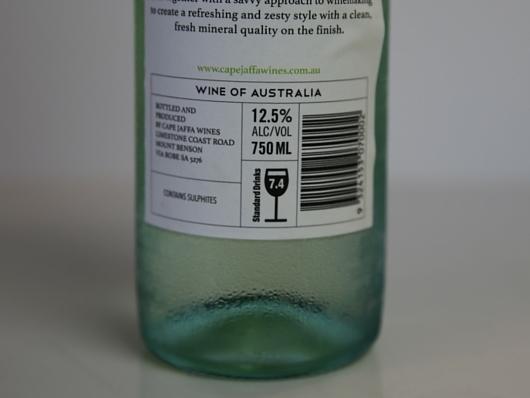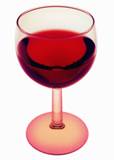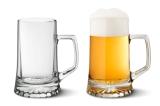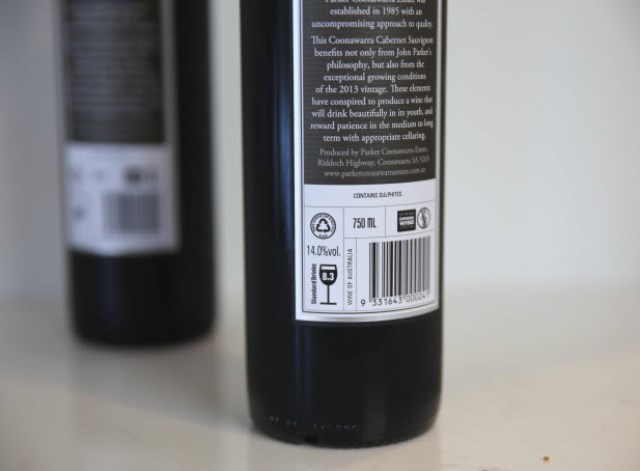What's a standard drink

A standard drink is any drink containing 10 grams of alcohol (or 12.5 mL pure alcohol). One standard drink always contains the same amount of alcohol regardless of the size of the glass or the type of alcohol (beer, wine or spirit).
Examples of standard drinks
A standard drink means:
- 100 mL small glass of wine (12% alcohol)
- 100 ml glass of champagne (12% alcohol)
- 150 ml glass of light wine (8% alcohol)
- 285 ml bottle of alcopop e.g.Breezer, Cruiser (5% )
- 375 ml can of mid-strength (3.5%) beer
- 425 ml glass (schooner) of light beer (2.7%)
- 275 ml glass (middie or half-pint) of full-strength beer (5%)
- 60 ml sherry, port or fortified wine (20%)
- 30 ml shot/nip of spirits (vodka, rum, tequila) (40%).
If you drink a small glass of port, which has a high 20% alcohol, you consume the same amount of alcohol as a glass of beer (at a lower 5% alcohol) or as a shot of vodka (40% alcohol).
Similarly, a mixer drink of rum and Coke would give you the same alcohol as drinking a small 100 mL glass of wine.
- Cocktails often contain two, three or even five standard drinks as they're mixes of two or three spirits and/or champagne.
Drink sizes can vary
It's important to reaslise that a standard drink and a standard size glass are NOT the same thing.
For example, it's fashionable to serve red wine in a large 200 mL balloon glass. This quantity of wine contains 20 grams of alcohol (i.e. 2 standard drinks).
Labelling
In Australia, all bottles, cans and casks of liquor must state the number of standard drinks they contain and the percentage of alcohol by volume in the total container.

You'll usually spot a number on a logo that identifies the number of standard drinks contained in the bottle or can - this will vary depending on the size of the container and the type of alcohol. For instance, a 750 mL bottle of red wine with 14.0% alcohol contains 8.3 standard drinks (see image).
Drinks: a picture says a thousand words

Download a great poster showing over 20 different drinks and how many standard drinks each contains (reproduced from the NH&MRC report Australian Guidelines to Reduce Health Risks from Drinking Alcohol 2009).
 Check out whether red wine is the answer to the French Paradox - the observation that the French have one of the lowest rates of heart disease in the world despite eating a rich diet high in saturated fat.
Check out whether red wine is the answer to the French Paradox - the observation that the French have one of the lowest rates of heart disease in the world despite eating a rich diet high in saturated fat.
 Weigh up the differences between low-carb and low-alcohol beer. Which one is the best choice when you're watching your weight?
Weigh up the differences between low-carb and low-alcohol beer. Which one is the best choice when you're watching your weight?
Read a summary of the NH&MRC report.




